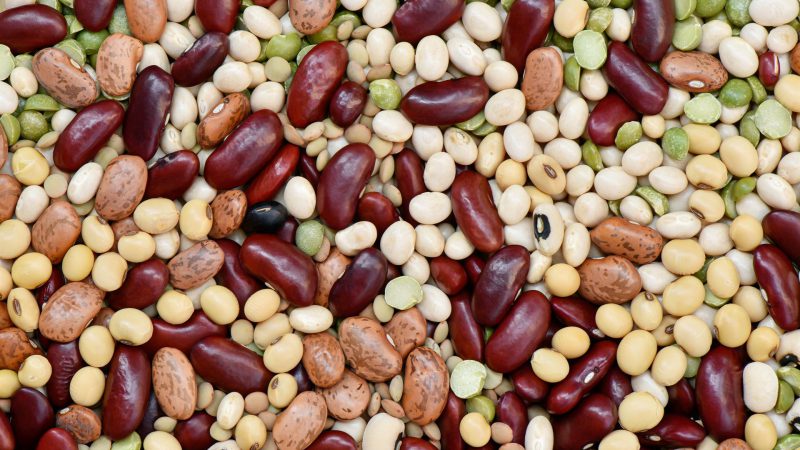
Pigeon peas (Cajanus cajan)
We trade:
Whole pigeon peas (whole toor)
Appearance:
Round whole seeds with colour ranging from white – light brown – dark brown.
Main growing countries:
Tanzania, Mozambique, Malawi, Kenya, Sudan, Uganda, Ethiopia, Nigeria, Myanmar, India
Used for:
Pigeon peas are a staple food especially on the Indian subcontinent, where they provide the main accompaniment to rice and roti. It is consumed in form of Dhal (North India) or Sambhar (South Indian), snacks and sweets.
Facts:
Originated in the Indian subcontinent. First proven cultivation more than 3500 years ago. From India cultivation has spread mainly to Africa and Myanmar where it is also cultivated and consumed. Pigeon peas grows well on poor and arid soils. It Is the one of the most popular pulses in India and an important source of protein in a vegetarian diet.
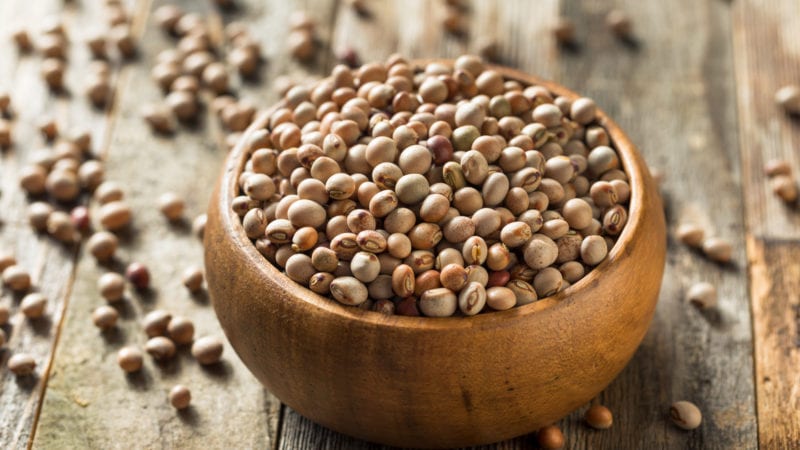
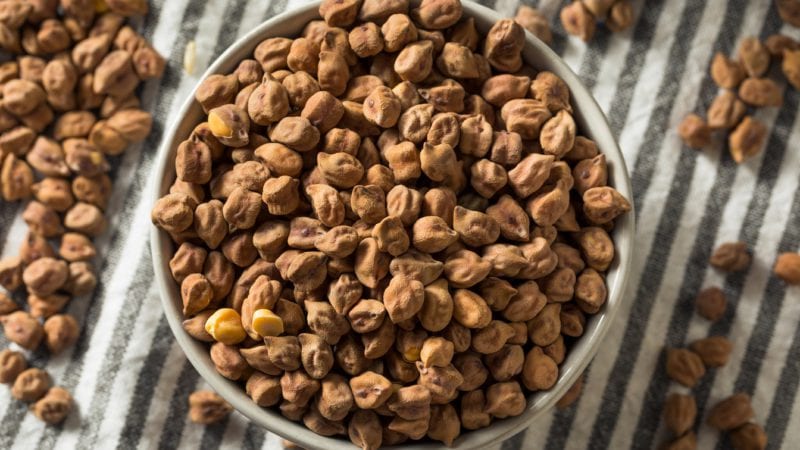
Chickpeas (Cicer arietinum)
Desi (or kala chana)
We trade:
Desi chickpeas
Appearance:
Thick rough light to dark brown skin coated seeds, size between 4-6 mm
Main growing countries:
India, Tanzania, Australia, Canada, Ethiopia, Myanmar.
Used for:
Sprouts, consumed whole, split in dal and flour.
Ingredients for:
Snacks & salad (whole roasted /split/besan – desi chick peas flour), curries, dhal (chana dhal), seeds and condiments (besan – desi chickpea flour).
Ingredient for:
Sprouts, stews, casseroles, tagines, snacks and salad.
Facts:
Desi – (meaning ‘native’ in Hindi). Other names, Bengal gram, Yellow gram, Kala chana, Tyson.
There are recordings of chickpea cultivation in Turkey dating to 3500BC. India produces the most chickpeas worldwide, but they are grown worldwide in over 50 countries. Chickpeas are an excellent source of carbohydrate, protein, fiber, Vitamin B, and some minerals. India is the largest consumer of desi chickpeas in the world.
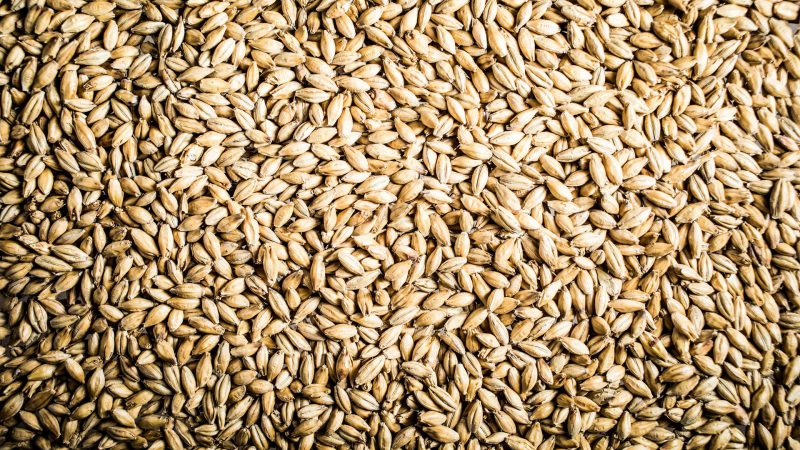
Chickpeas (Cicer arietinum)
Kabuli (garbanzo)
We trade:
Kabuli
Appearance:
Skin colour from light brown to almost white, size 7-13mm.
Main growing countries:
USA, Argentina, Australia, Canada, Ethiopia, India, Mexico, Sudan, Myanmar, Russia, Turkey.
Used for:
Consumed whole.
Ingredient for:
Hummus (Middle eastern and Mediterranean staple food), falafel, stews, casseroles, tagines, snacks and salad
Facts:
Kabuli- (meaning ‘from Kabul’ in Hindi. Probably arrived in India from the Eastern Mediterranean via Kabul). Other names: Garbanzo beans, spaniola chickpeas, café, kabuli chana, safed (white) chana. It is widely used for canning.
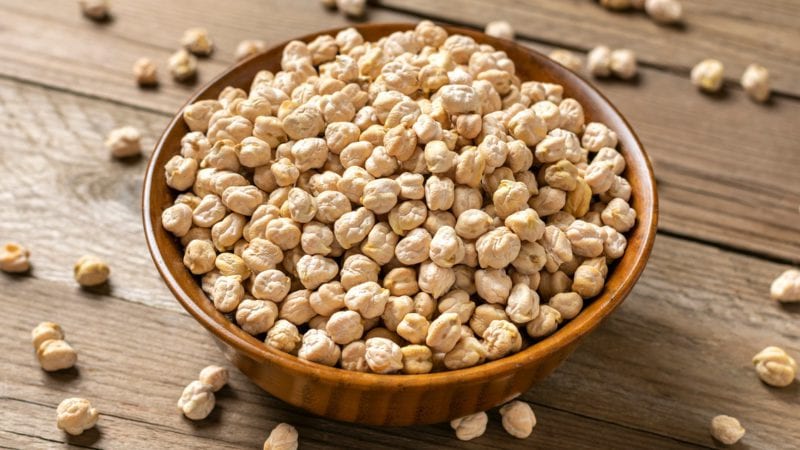
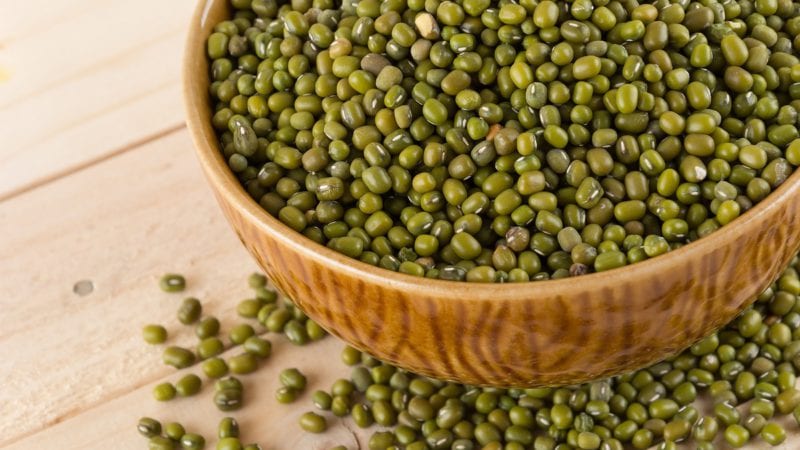
Green mung beans (Vigua radiata)
We trade:
Whole green mung beans
Appearance:
Ovoid shaped green colour seeds
Main growing countries:
Tanzania, Mozambique, Kenya, Uganda, Brazil, Argentina, Uzbekistan, Ethiopia, Myanmar, India.
Used for:
Sprouts, consumed whole, split in dal and flour
Ingredients for:
Many staple dishes throughout South Asia, South East and East Asia and the Middle East. Both savoury and sweet.
Facts:
Considered to be one of the founder crops during the Neolithic age instrumental in the development of settlement agriculture in South Asia dating back to at least 4000 BC. Green mung beans are high in nutrients and antioxidants.


